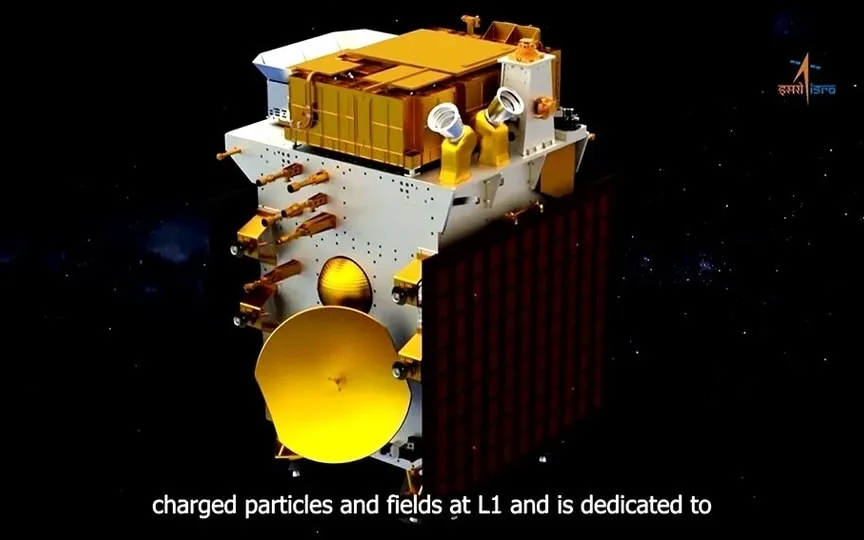ISRO Adjusts Course of Aditya-L1 Mission to the Sun
The Aditya-L1, India’s inaugural solar space observatory, is currently en route to the Sun-Earth Lagrange Point-1 (L1), situated approximately 1.5 million kilometers from Earth. The Aditya-L1 mission has proceeded flawlessly thus far, and it is anticipated to yield another remarkable triumph for Indian scientists and the ISRO. However, prior to reaching its intended location, the ISRO had to make a minor alteration to the trajectory of the Aditya-L1 spacecraft.
Recently, the Aditya-L1 spacecraft performed a Trajectory Correction Maneuver (TCM) on October 6. This move was necessary to ensure Aditya-L1 stays on course after the previous Trans-Lagrangian Point-1 Insertion (TL1I) mission. which happened on September 19, 2023.
We are now on WhatsApp. Click to join.
Aditya-L1 Mission: Journey So Far
The TCM was a quick 16-second maneuver that ensured Aditya-L1 was heading in the right direction toward orbit around L1. The spacecraft is in good condition, and soon its magnetometer will be restarted.
A few days ago, on September 30, Aditya-L1 successfully reached more than 9.2 lakh kilometers from Earth to escape Earth’s influence. This feat was the second time that ISRO had sent a spacecraft beyond Earth’s influence, the first being the Mars Orbiter Mission.
Aditya-L1 has traveled more than 10 lakh kilometers in space and is expected to reach Lagrange Point 1 in the first week of January, said mission project director Nigar Shaji.
Explaining the significance of Lagrange point 1, Nigar told Aaj Tak: “We are going to L1 for the first time. It is an imaginary point where the gravitational pull of the Sun and the Earth balance. The spacecraft has to balance between the pull of the Sun and the Earth, which is a real challenge. It is like balancing a ball on a hill.”
Mission of Aditya-L1: Objectives
The goal of the mission is to study the sun up close. Dr. Annapurni Subramaniam, Director, Indian Institute of Astrophysics, emphasized the importance of this mission. They plan to study the behavior of the Sun, the mass ejection of the corona, the heating of the corona and the temperature difference between the surface and the corona.
Dr. Subramaniam also pointed out that the Sun’s solar wind has a significant effect on our planet, so understanding the factors that affect it is crucial.
One more thing! We are now on WhatsApp channels! Follow us there to never miss an update from the tech world. If you want to follow ReturnByte channel on WhatsApp, click here to join now!




